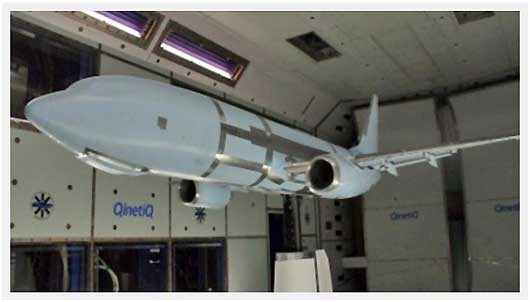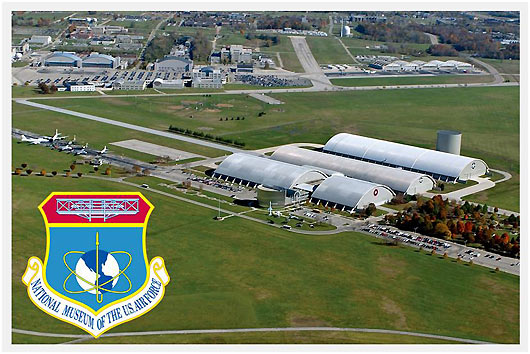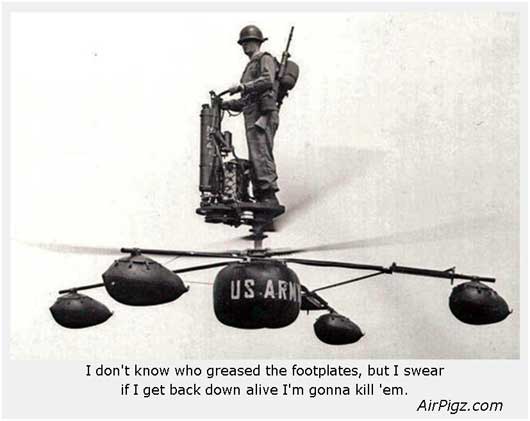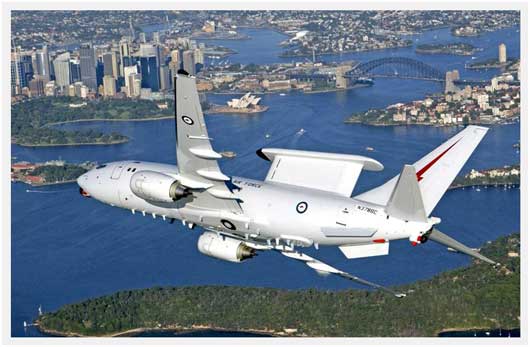 My quick drawing for a 737 USB (upper surface blowing) re-engine concept
My quick drawing for a 737 USB (upper surface blowing) re-engine concept
It’s pretty clear that Boeing isn’t listening to me since my heartfelt plea for a 787 to spend a little time in AeroShell Square at Oshkosh 2010 was ignored, but that won’t stop me from trying to send more good ideas their way. Like this one: the 737 USB. ‘USB’ stands for Upper Surface Blowing, that rather unique concept that Boeing proved to be quite effective back in the 70’s with their YC-14 demonstrator. If you’ve been paying attention lately, you know I have a bit of a crush on the YC-14, so when I stumbled on to some speculation by FlightBlogger that the wind tunnel model below might possibly reflect Boeing’s thinking for an answer to the question about what to do concerning new technology engines on the 737 airfame, it didn’t take long to come up with what I think is a better idea.
The real catalyst for the idea came from one simple little design element in that wind tunnel model. If you look under the cockpit you’ll see a bump on the lower side of the fuselage. Why the bump? Well, with larger diameter engines, the already marginal ground clearance would require longer landing gear legs… and one solution for the nose gear would be to build the bump to make room for it. Now in my mind, that’s not an acceptable solution. But after about 30 seconds of thought, my beloved YC-14 came to mind. Why not take the USB knowledge and apply it here. You completely solve the ground clearance issue; you get the potential added benefit of some STOL capabilities; and you make emergency ditching something that might be kinda fun - you know, not having to worry so much about those pesky engines getting in the way of a smooth water landing.
 Boeing 737 wind tunnel test model (image: Boeing)
Boeing 737 wind tunnel test model (image: Boeing)
So, rather than just dream about it, I put together that drawing to show what a 737 USB might look like. I like it. It’s kinda like HondaJet meets the most produced airliner in history… without the odd looking engine pylons. Plus, airlines get the added benefit of being able to use the inner side of the engine nacelle as a mini billboard for inflight ads, cuz you know that’s gonna be here one of these days, right?
Ok, so I’m having a little fun with all this, but the truth is that I think this makes a fabulous solution. I admit that I don’t know what the engineering and certification costs would be like to make such a change to the airplane, and in fact that seems to be the driving force behind whether a re-engine project will ever take place. It may make more sense to wait a little longer for a 'clean sheet' airplane to be designed. But hey, even then, the USB concept just might be the best answer... or maybe they should just crack out the old YC-14 tooling and build a 200 seat STOL (super comfy) airliner version. Hmm, I feel another drawing coming on - which livery would look good on an airliner version of the YC-14?
 Friday, December 17, 2010 at 07:23PM
Friday, December 17, 2010 at 07:23PM  Martt |
Martt |  2 Comments |
2 Comments | 




















































































